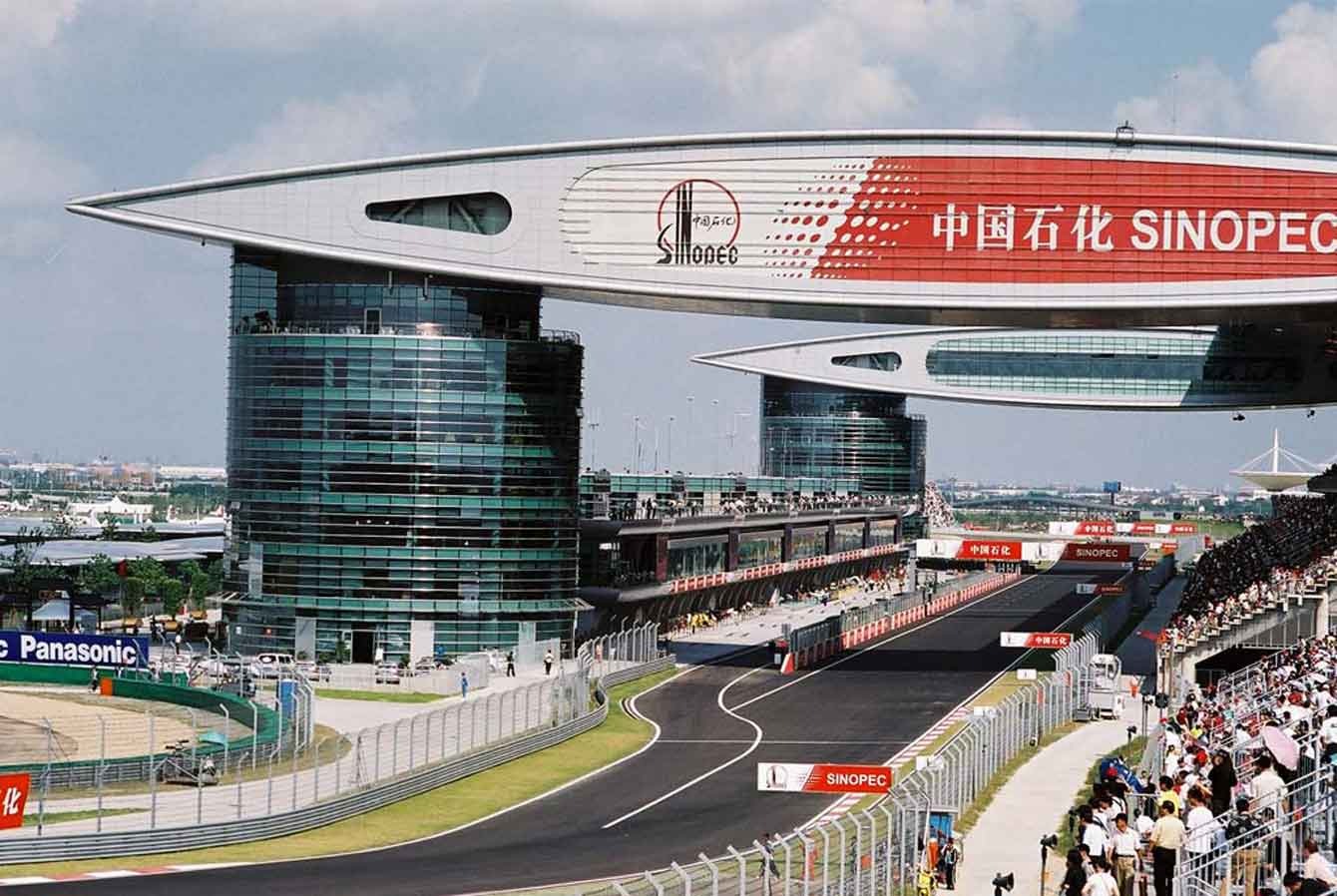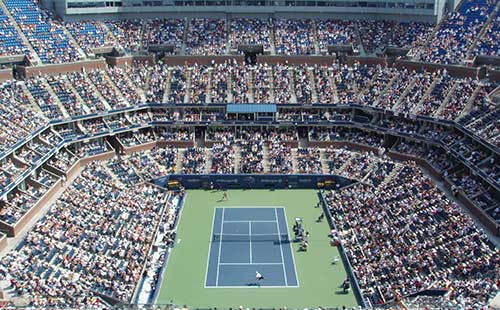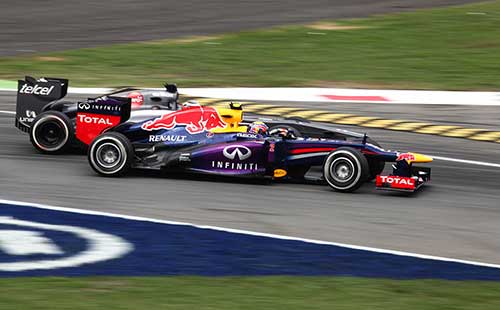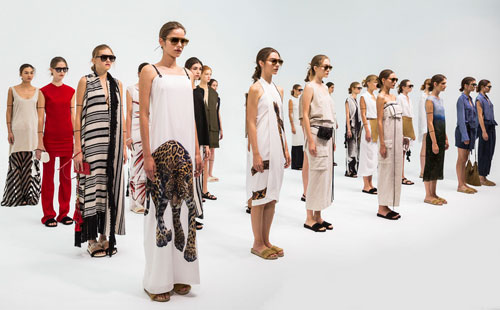F1 Chinese Grand Prix
Shanghai International Circuit, Shanghai, ChinaCharter a Private Jet to the F1 Chinese Grand Prix
The Formula 1 Chinese Grand Prix, an early race in the yearly F1 calendar, is held at the $450 million Shanghai International Circuit that opened in 2004.
Shaped like the Chinese character, shang (上), which means “high” or “above,” the circuit was built on swampland northwest of the city once used as a rice paddy field in the Jiading District. Tens of thousands of concrete posts were erected to secure the foundation of the raceway.

We Can Get You There
Want to be one of the 200,000 race fans at the Chinese Grand Prix? Paramount Business Jets can arrange a charter flight for you into both nearby Shanghai airports:
- Shanghai Hongqiao International Airport, ZSSS, SHA, Shanghai, China (12 miles)
- Pudong, ZSPD, PVG, Shanghai, China (37 miles)
- Wuxi Airport, ZSWX, Wuxi, China (48 miles)
- Xiaoshan, ZSHC, Hangzhou, China (90 miles)
- Changzhou, ZSCG, Changzhou, China (98 miles)
Get a Quick Quote Online and Book
Your Jet Early!
Booking early has many advantages. Enter a few details below to start planning your private jet flight to the F1 Chinese Grand Prix.
About the Chinese Grand Prix
Some 3,000 workers showed up every day for a year and a half to build the $450 million state-of-the-art circuit. In additional to the traditional main grandstand, it has viewing platforms that cross the track at either end. The total capacity is 200,000.
Designers wanted the track to reflect Chinese culture. Its overall layout represents – although hard to see on first glance -- the “shang” symbol (上). The F1 team buildings are arranged to represent the ancient Yuyuan Garden in Shanghai.
The twisty track is notorious for necessitating a constant need for drivers to speed up and slow down in and out of turns. It’s a drain on drivers but also offers them many chances to overtake competitors on the stretches.
Fans in the 30,000 seats in the main grandstand have a view of almost the entire circuit.

The $450 million Shanghai International Circuit
About Shanghai
The largest city in China (the sixth largest in the world) and the country’s financial capital, Shanghai, a city of 24 million people, is a seaport located on the central coast of the East China Sea on the estuary of the Yangtze River.
The orient meets the Western World in an interesting blend of modern and traditional in the city divided by the Huangpu River into an older part, Puxi (west) with its shops and museums; and a more modern part, Pudong (east) with its skyscrapers.
Shanghai is located on 31st parallel north, the same latitude that runs through Louisiana and Morocco. Its weather is mild – and wet, with rain falling a third of the year. Expect winter lows of 35 degrees and summer highs of 104 degrees in its subtropical climate.
Other Things To See In Shanghai
Go clubbing in the Pudong district. Go shopping in the Bund. Wherever you go in Shanghai, you will find a mixture of old and new. Here are a few must-sees:
- The Bund: The famous mile-long riverfront is Shanghai’s most popular tourist attraction. It has dozens of buildings of varying architectural styles lining the banks of the Huangpu River. People come here in the mornings to exercise and in the evening for the view and to socialize.
- Jade Buddha Temple: You don’t have to be Buddhist to enjoy the peaceful atmosphere at this temple in the western part of Shanghai. After two precious white jade statues were saved from destruction during the revolution that overthrew the Qing Dynasty, Jade Buddha Temple was built to house them.
- Shanghai Museum: Ancient history is abundant in the 11 galleries of this large museum in the center of the city. You’ll find exhibits of ancient paintings, bronzes, ceramics, sculpture, coins and furniture. The 400-piece collection of bronzeware on display was collected from many dynasties.
- Zhujiajiao: The 1,700-year-old water town is the best preserved of the four ancient towns in Shanghai. It’s the flipside of the hustle and bustle of the city itself. Residents living in the fan-shaped town leave the city behind to enter a charming place with streams, small rivers, willow trees and tranquility. There are 36 bridges – from wooden to marble -- spanning the waterways in Zhujiajiao.
- Nanjing Road: Shop til you drop along this famous three-mile stretch of high-fashion shops that runs from The Bund to the Jing'an Temple.
- Yuyuan Garden: Built by Pan Yunduan, a Ming Dynasty officer, in the 1500s, the famous five-acre garden and its elaborate buildings transport you back in time. Have tea in the oldest tea house in China, the Pavilion in Lake Center. The hexagon-shaped pavilion stands in the middle of the lotus pool, where a deteriorated building from the original garden once stood. Other scenic spots in the garden are the wall of Cloud Piercing Dragon, the Spring Transforming Hall, the Moon Appreciating Pavilion and the Grand Rockery.




